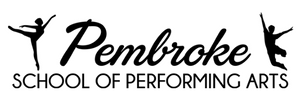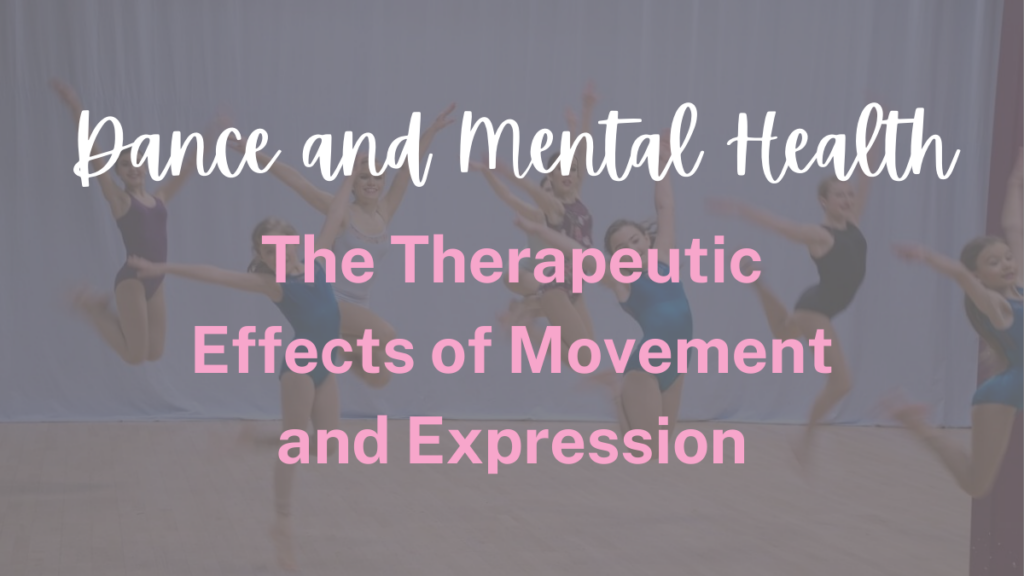In recent years, there has been a growing recognition of the powerful connection between physical activities and mental health. Activities like yoga and running receive praise for their positive effects on an individual’s mindset. Now another form of movement-based therapy is currently gaining attention: Dance. Beyond its role as an art form, entertainment or exercise mode, dance has emerged as a potent tool for improving mental health and well-being. The following touches on a few notable therapeutic effects:
- Stress and Reduction and Relaxation: One of the most immediate effects of dance on mental health is its ability to reduce stress and promote relaxation. The rhythmic movements and ability to focus on the music, allows individuals to escape the daily pressures of life. Dance encourages deep breathing creating a physical release, a lowering of cortisol levels. Dance can induce a sense of calmness or serenity. The mind and body can find the act of moving to music incredibly soothing.
- Emotional Expression and Catharsis: Dance offers a unique pathway for emotional expression and catharsis, by channeling one’s emotions through movement. Dance being a non-verbal means of communication allows individuals a means to express complex feelings and experiences authentically without the need for words. This release of emotions can be deeply cathartic. All the while helping individuals to process and work through difficult emotions fostering a greater sense of self-awareness and emotional resilience.
- Boosting Self- Esteem and Body Confidence: Dance provides an opportunity for individuals to connect with their bodies in a positive and empowering way. Regardless of shape, size or abilities, individuals can cultivate a sense of body awareness and acceptance. As they master new skills or movements, they gain a sense of accomplishment which leads to a boost in self-esteem and confidence. Dance communities can enhance a sense of belonging and acceptance, further enhancing one’s feeling of self-worth and body positivity.
- Social Connection and Community: Dance has this remarkable ability to bring people together and create social connections. Whether in group Classes, Dance Clubs, Line Dancing or performance groups, dance provides opportunities for individuals to connect with others who also share their passion for movement and music. This sense of community is not only enjoyable but has a profound impact on one’s mental health. Research has shown that social connection is a key predictor of overall well-being, reducing feelings of loneliness and isolation. A dance community can instill a sense of family or belonging and support.
- Improving Cognitive Function and Memory: Dance has been shown to have a positive effect on cognitive function and memory, even finding its way into many elder care programs and facilities. Learning new dance steps and sequences challenges the brain and stimulates neural pathways associated with memory, attention, and coordination. Additionally, studies support the idea that with regular dance practice, individuals can improve cognitive abilities such as memory, processing speed, and executive function, potentially reducing the risk of cognitive decline and dementia later in life.
Dance is much more than an art form or entertainment. It’s a powerful therapeutic tool for improving mental health and well- being. From stress reduction and emotional expression to boosting self-esteem and fostering social connections, the benefits of dance are vast and far reaching. Embracing dance as a means of movement and expression, individuals can tap into its transformative power and embark on a journey of self-discovery, healing, and growth. So dance your way into better mental health!
Dancing Through Life,
Miss Kathleen

